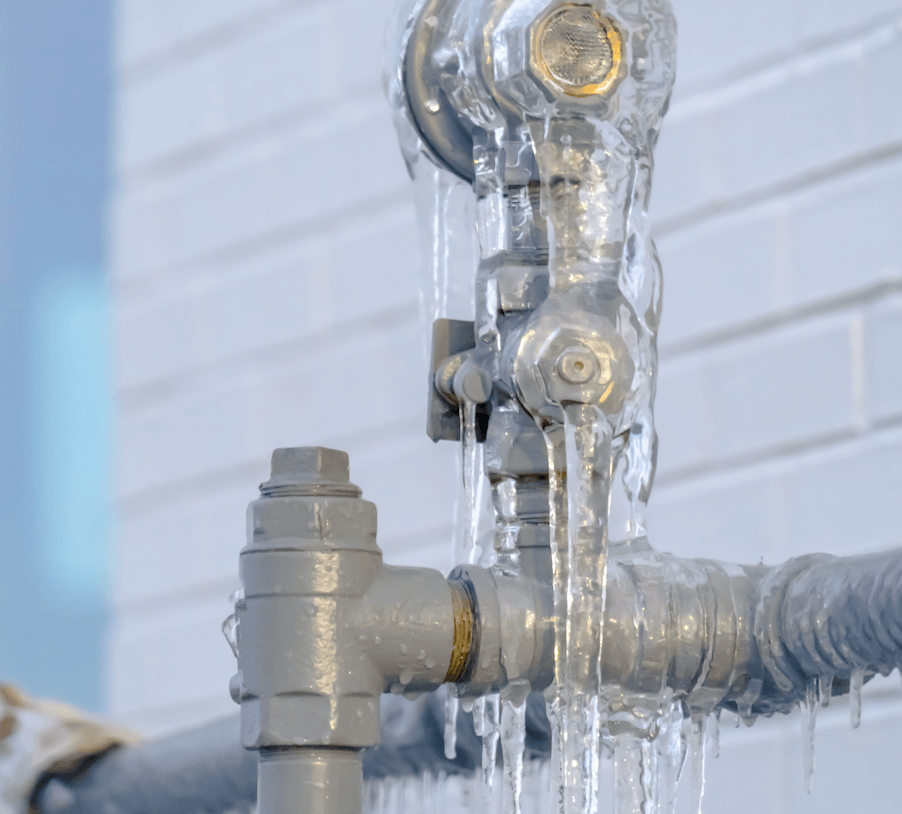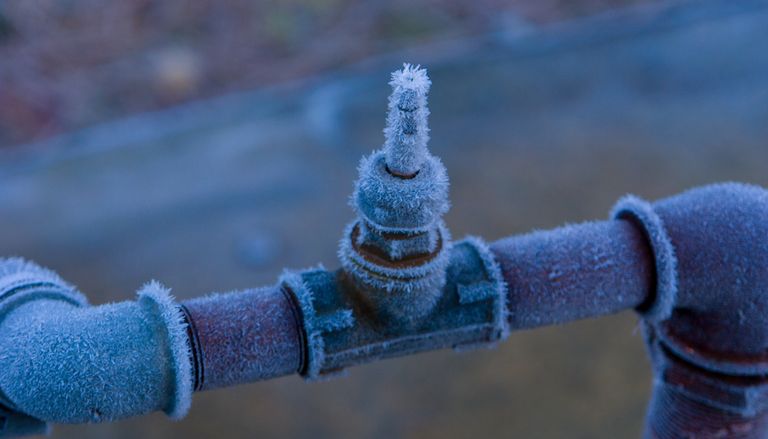Were you looking for help and advice on Winter Plumbing Precautions: Preventing Frozen Pipes?

Cold weather can wreak havoc on your pipes, especially by freezing pipes. Right here's how to stop it from occurring and what to do if it does.
Intro
As temperatures decline, the danger of icy pipelines increases, potentially leading to costly repair work and water damage. Understanding how to prevent frozen pipes is crucial for homeowners in cold environments.
Recognizing Icy Pipes
What causes pipelines to ice up?
Pipes freeze when revealed to temperature levels below 32 ° F (0 ° C) for extended periods. As water inside the pipelines ices up, it increases, putting pressure on the pipeline walls and potentially creating them to break.
Dangers and problems
Icy pipes can result in water disruptions, residential property damages, and expensive repair work. Burst pipelines can flood homes and cause extensive architectural damages.
Indications of Frozen Pipes
Determining icy pipelines early can stop them from breaking.
Exactly how to identify icy pipelines
Seek lowered water circulation from taps, unusual smells or noises from pipes, and visible frost on subjected pipelines.
Prevention Tips
Insulating at risk pipes
Wrap pipes in insulation sleeves or make use of warmth tape to secure them from freezing temperature levels. Concentrate on pipes in unheated or external locations of the home.
Heating strategies
Keep interior rooms properly heated up, specifically areas with pipes. Open up cupboard doors to permit cozy air to circulate around pipelines under sinks.
Safeguarding Exterior Pipes
Yard pipes and exterior faucets
Disconnect and drain yard hoses prior to winter. Set up frost-proof faucets or cover outside taps with insulated caps.
What to Do If Your Pipes Freeze
Immediate actions to take
If you presume icy pipelines, maintain taps open to eliminate stress as the ice thaws. Make use of a hairdryer or towels taken in warm water to thaw pipelines slowly.
Long-Term Solutions
Structural adjustments
Consider rerouting pipelines away from exterior wall surfaces or unheated areas. Add additional insulation to attic rooms, basements, and crawl spaces.
Upgrading insulation
Invest in top notch insulation for pipelines, attics, and wall surfaces. Proper insulation assists preserve consistent temperature levels and reduces the danger of icy pipelines.
Conclusion
Protecting against frozen pipelines calls for proactive procedures and fast actions. By comprehending the causes, indicators, and preventive measures, house owners can shield their pipes throughout winter.
5 Ways to Prevent Frozen Pipes
Drain Outdoor Faucets and Disconnect Hoses
First, close the shut-off valve that controls the flow of water in the pipe to your outdoor faucet. Then, head outside to disconnect and drain your hose and open the outdoor faucet to allow the water to completely drain out of the line. Turn off the faucet when done. Finally, head back to the shut-off valve and drain the remaining water inside the pipe into a bucket or container. Additionally, if you have a home irrigation system, you should consider hiring an expert to clear the system of water each year.
Insulate Pipes
One of the best and most cost-effective methods for preventing frozen water pipes is to wrap your pipes with insulation. This is especially important for areas in your home that aren’t exposed to heat, such as an attic. We suggest using foam sleeves, which can typically be found at your local hardware store.
Keep Heat Running at 65
Your pipes are located inside your walls, and the temperature there is much colder than the rest of the house. To prevent your pipes from freezing, The Insurance Information Institute suggests that you keep your home heated to at least 65 degrees, even when traveling. You may want to invest in smart devices that can keep an eye on the temperature in your home while you’re away.
Leave Water Dripping
Moving water — even a small trickle — can prevent ice from forming inside your pipes. When freezing temps are imminent, start a drip of water from all faucets that serve exposed pipes. Leaving a few faucets running will also help relieve pressure inside the pipes and help prevent a rupture if the water inside freezes.
Open Cupboard Doors
Warm your kitchen and bathroom pipes by opening cupboards and vanities. You should also leave your interior doors ajar to help warm air circulate evenly throughout your home.

As a fervent person who reads on How To Avoid Freezing Pipes, I assumed sharing that piece of content was a great idea. Sharing is good. Who knows, you may just be doing someone a favor. We appreciate your readership.
Go Company